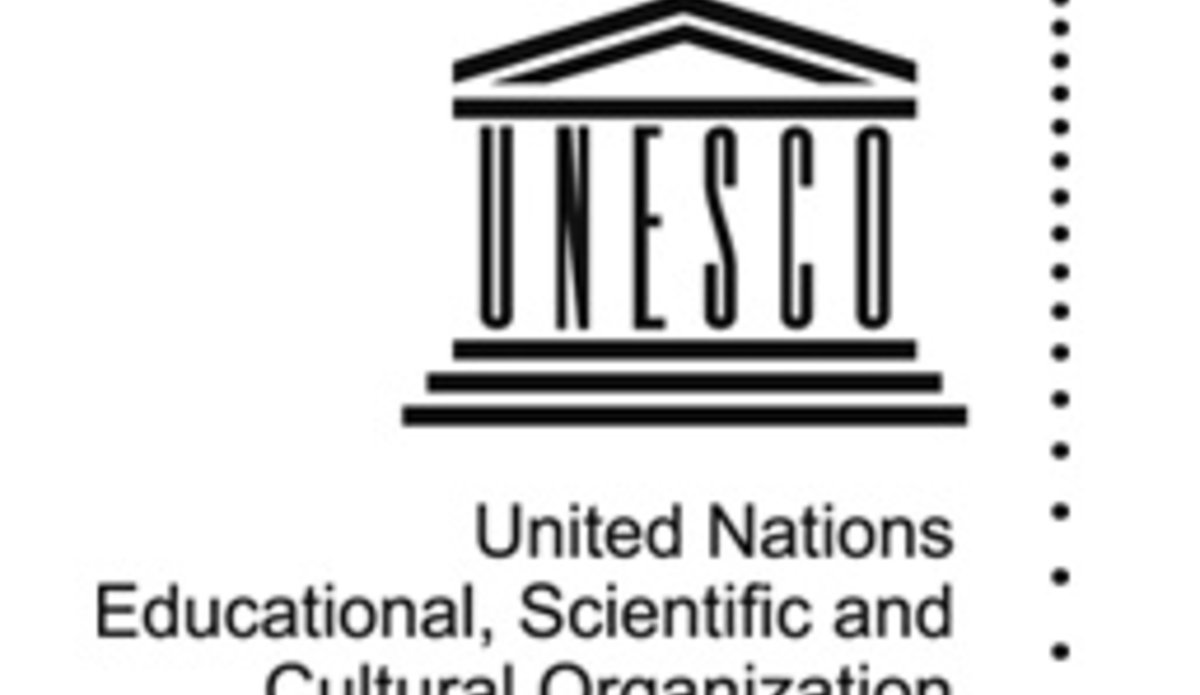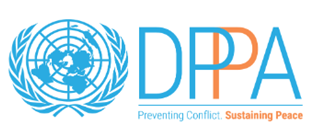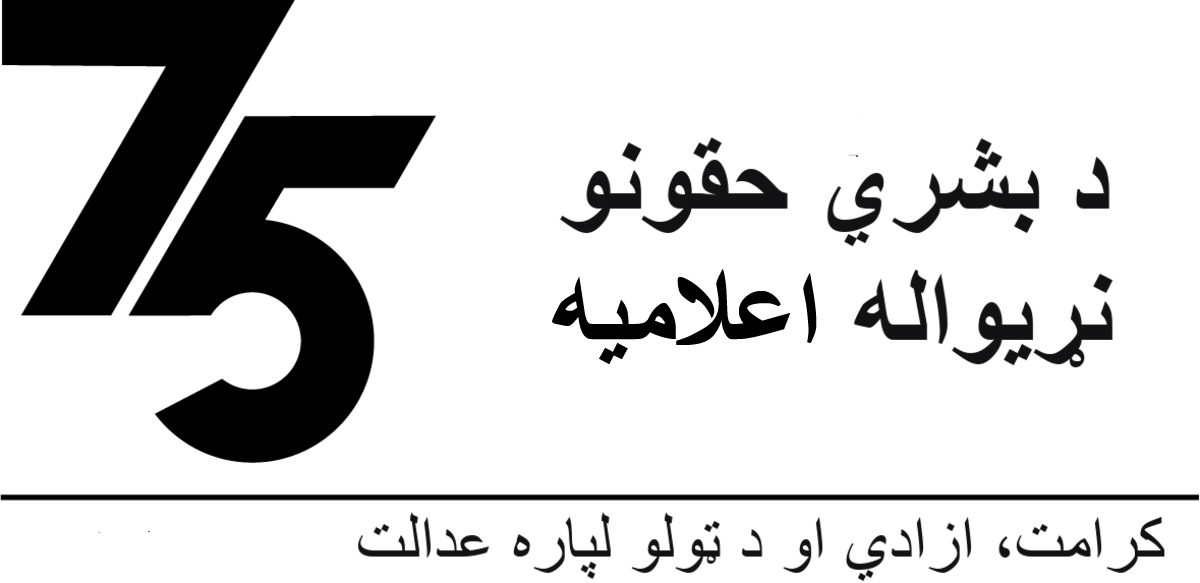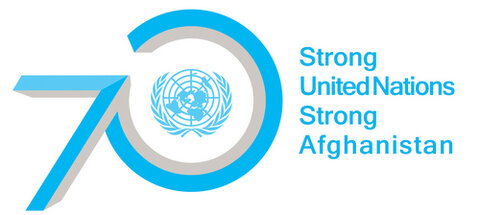Development and heritage should compliment each other: UNESCO Director
KABUL - As a part of UNAMA's campaign to spread awareness about Afghanistan's rich past, Aditya Mehta spoke to UNESCO Director Shigeru Aoyagi about the agency's concerns and plans for the future.
The United Nations Education, Scientific and Cultural Organization (UNESCO) has been working in Afghanistan since 2002 in support of the Government and the people as they meet the difficult challenges of reconstruction and development. Among its activities, UNESCO is involved in the preservation of the country’s rich culture and heritage.
What is UNESCO doing to preserve the heritage and culture of Afghanistan?
UNESCO’s basic contribution to this country in terms of culture and heritage is couched in three pillars. First, the safeguarding of tangible cultural heritage, like Bamyan or Herat or museums. The second pillar is the promotion of protection of the intangible cultural heritage. Importantly, we also work with the Ministry of Information and Culture to promote institutional capacity development, especially upstream work like comprehensive cultural policy development.
Afghanistan is currently going through a period where money is coming into the country for development – roads are being built everywhere, buildings are springing up! The flip side to this expansion of cities is that it infringes on historical sites and impedes conservation. Are you worried about this? How do you reconcile the two?
Quite a number of cultural sites suffer from the effect of development, namely, the Jam Minaret and also the old city of Herat. Due to road constructions and not respecting cultural policies, some damage has already been found.
UNESCO is trying to promote how we can respect the agreement on the protection of these very rich cultural heritages with the government. In the case of Herat we had good meetings with the Governor and the local government and they have promised to enforce the agreement to protect the heritage. Of course, we acknowledge that development is a must for the people and that it should not be neglected. But we also understand that development and heritage should go together and compliment each other.
For example, in Bamyan – where there was great damage in the past – development is ongoing. Once peace is in place in this country, Bamyan has great potential for the development of the country by inviting tourists, by promoting handicrafts and promoting eco-tourism. These aspects can also be looked at from a developmental perspective, too. In other words, cultural heritage is a way for the country to develop itself.
Smuggling of artefacts out of Afghanistan is also a big problem. Is enough being done to stop this?
Illicit excavations, exports, and transfer of cultural heritage are the biggest concerns of UNESCO. There are two conventions regarding illicit export and transfer that have been ratified. We are trying to promote how we can enforce this legal framework to the government.
We are also trying to take measures on our own. For example, we have deployed eight guards around the Bamyan sites. The level of preparedness in preventing illicit excavations is not enough. People from outside and, even, inside are involved in these illegal acts. To prevent this, we consider three ways: promotion of the awareness of people living around the sites; real action, such as deployment of guards and the third is the voice from the international community to respect the richness of this country’s culture. The acts (of illicit excavations, etc) are deep-rooted. It’s tough to find who is doing this.
Do you think Afghans need to be made more aware of their culture? This is one way people can protect what belongs to their own country…
Yes, this is a really important aspect. The international media today cover election and security issues. Such news is readily available. But the country, itself, should present a positive message to show the richness of its history and culture to the world. This is an important element for the future development of the country. The international community, yes, they’re worried about how they can provide emergency support – but at the same time, Afghanistan should be proud of its own cultural heritage, both tangible and intangible.
Can you tell me about some of the projects you are passionate about right now?
In terms of budget, a lot of money has been spent for the protection of Bamyan. We have spent almost US$ 5 million since 2002. We are currently in the third phase. Italian, Japanese, and German experts are working with the Ministry under the coordination of UNESCO. Another World Heritage Site is the Jam Minaret. The work should continue, but because of security and logistical problems, we are not satisfied with the work at the present level.
By Aditya Mehta, UNAMA
 UN
UN







